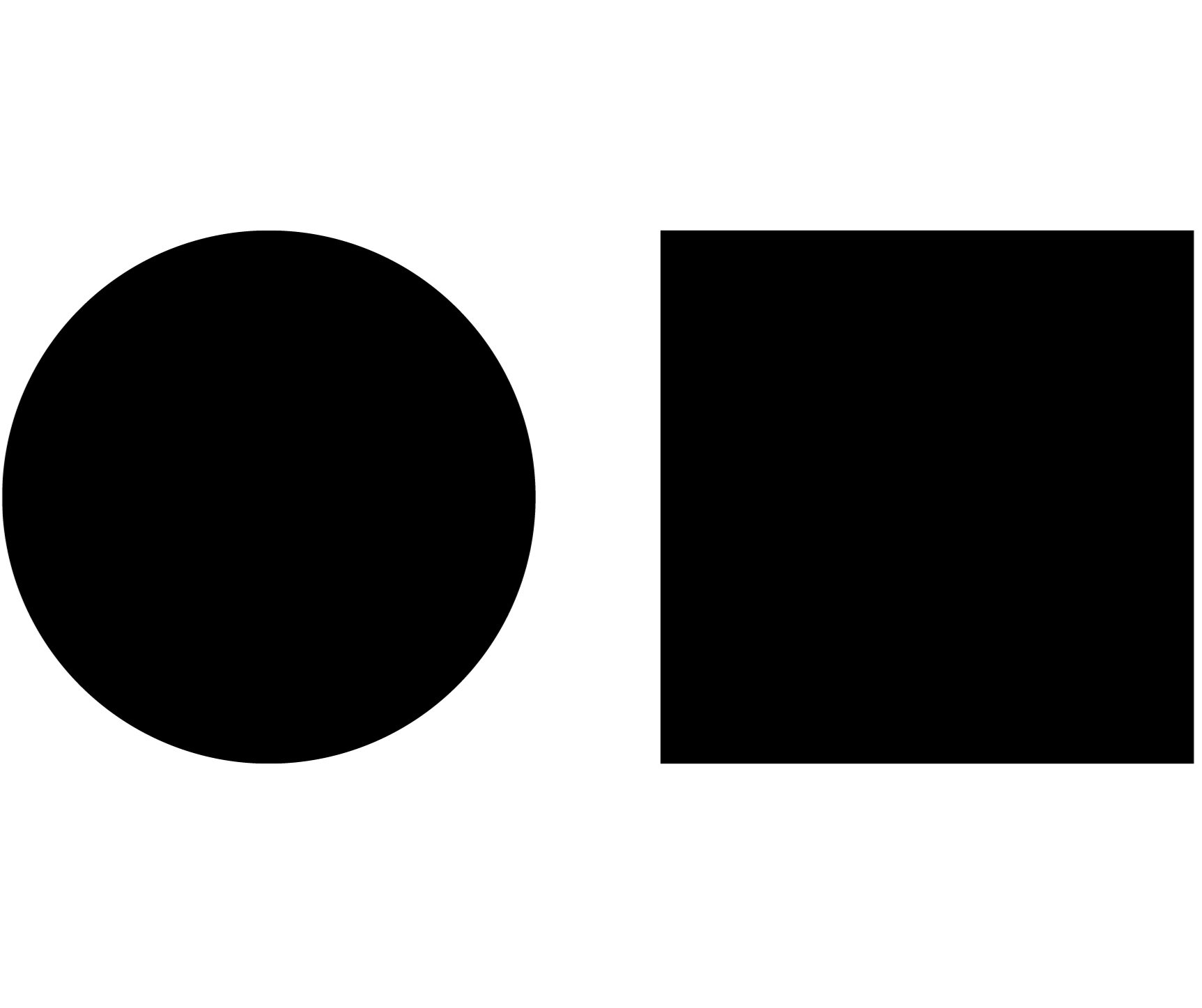What is Cohousing?
Cohousing is an intentional community that consists of private, fully-equipped dwellings and extensive shared amenities including a common house and recreation areas. Residents are involved in the development of the community so that the community reflects their values.
Although the homes are always self-contained and privately owned, the residents have access to shared facilities. The overall intention of the design is to create opportunities for interaction among neighbours. A common house supplements the individual dwellings and typically includes a kitchen and dining room, lounge, guest room, child care space, workshop, shared office space, and laundry area. Members decide what’s to be included.
How did Cohousing begin?
In the late 60’s a group of Danish families were dissatisfied with existing living options and decided to create their own resident developed neighbourhood as an alternative. They wanted a community where they would know their neighbours and help one another with childcare, cooking, and their individual goals. They wanted to reduce their impact on the land and create communities that were environmentally sensitive and sustainable. They called their solution bofoellesskaber – literally translated as “living communities”. Today, 10% of all new housing construction in Denmark uses this model.
Katie McCamant & Charles Durrett discovered bofællesskaber while studying at the University of Copenhagen in Denmark, and spent the past 30 years cultivating cohousing communities all over North America. The phrase “cohousing” is now listed in the Oxford English dictionary.
To learn more about cohousing, visit Mosaic Village FAQ page.
Newsletter
READ MORE ↓


